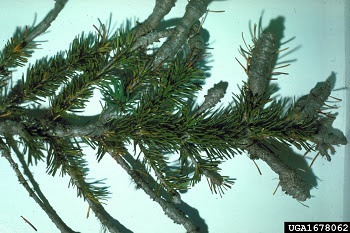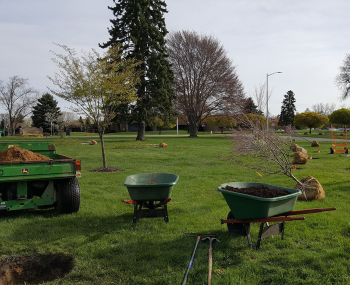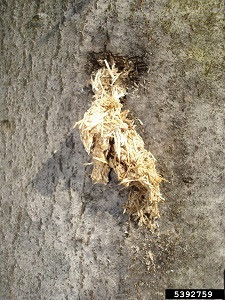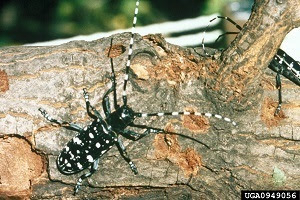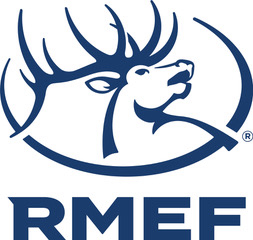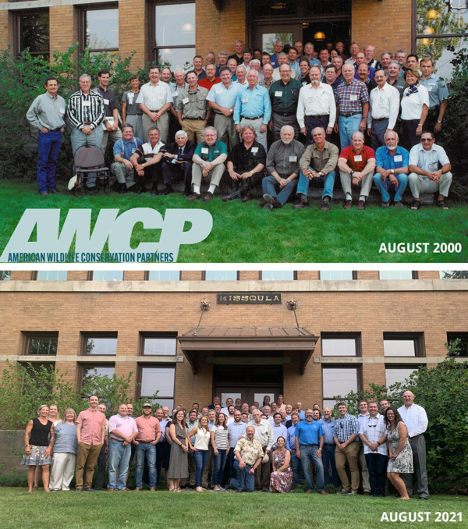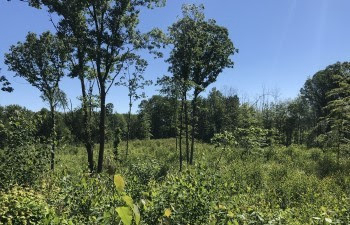MISSOULA, Mont. — Thanks to a Wyoming family that successfully worked with the Rocky Mountain Elk Foundation, 634 acres of important elk habitat are now permanently protected in the southeast part of the state.
“This voluntary conservation agreement is a credit to Al and Barb Johnson for their dedication to wildlife and conservation,” said Kyle Weaver, RMEF president and CEO. “We appreciate and salute them for their efforts.”
The Terry Creek property lies within the Upper Laramie River Watershed and links a peninsula of the Medicine Bow-Routt National Forest to U.S. Forest Service lands in the Snowy Mountains to the west. It also falls within the Wyoming Game and Fish Department’s Upper Laramie River and Little Laramie River Crucial Habitat Priority and Sheep Mountain Mule Deer Initiative Areas.
“Not only does this property provide vital winter and year-long range for elk, but elk migration routes funnel directly through it,” said Blake Henning, RMEF chief conservation officer. “Groups of 100 to 200 elk on the property are a common occurrence. The immediate landscape also offers important range for mule deer, moose and other wildlife.”
Pronghorn antelope and mule deer also pass through the property as well. The owners, together with RMEF and WGFD are completing a boundary fence conversion to wildlife friendly specifications as well, to bring even more enhancement to the connected and conserved landscape.
Project partners include the U.S. Fish and Wildlife Service, Wyoming Wildlife Natural Resources Trust, Wyoming Governor’s Big Game License Coalition, Ducks Unlimited Inc., the Knobloch Family Foundation, Wyoming Game and Fish Department, and the National Fish and Wildlife Foundation. Read more
